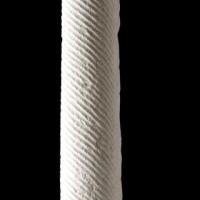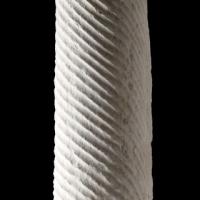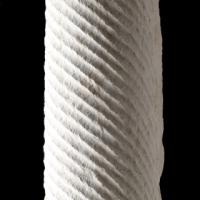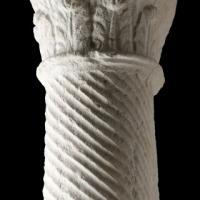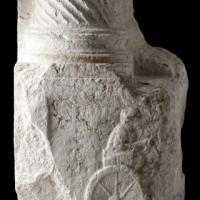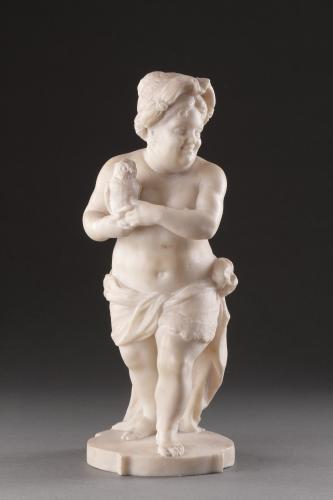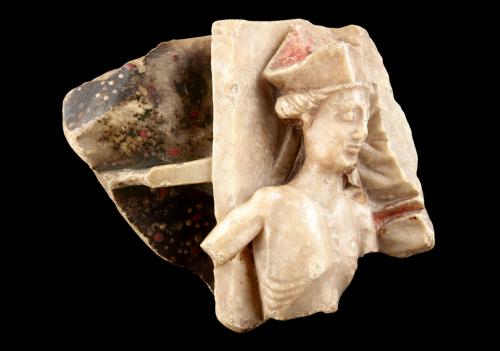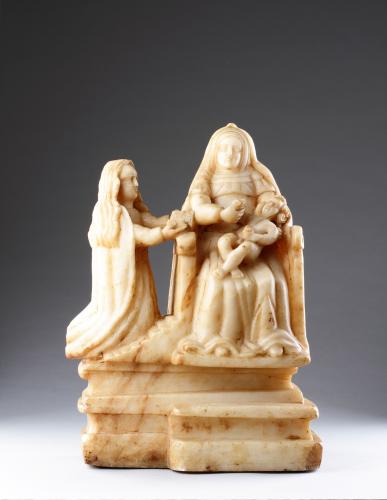
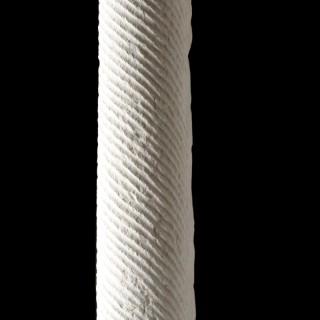
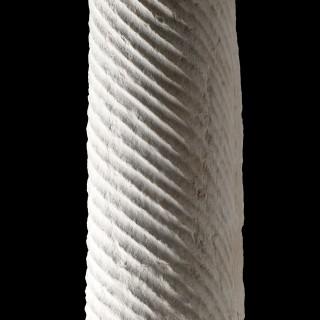
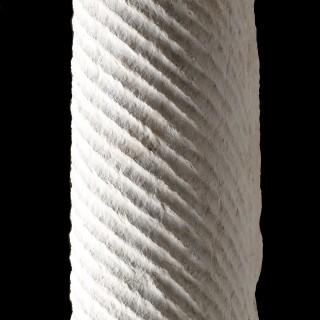
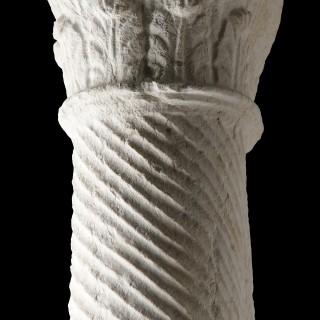
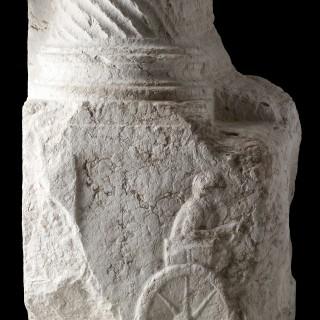
Price on application
This object is eligible for a Certificate of BADA Provenance
The BADA Standard
- Since 1918, BADA has been the leading association for the antiques and fine art trade
- Members are elected for their knowledge, integrity and quality of stock
- Our clients are protected by BADA’s code of conduct
- Our dealers’ membership is reviewed and renewed annually
- Bada.org is a non-profit site: clients deal directly with members and they pay no hidden fees
A Rare and Important Late Roman Marble Column.
With a fluted spiral central column shaft rising to a carved integral capital with Corinthian ‘acanthus’ leaf decoration, the base with a relief carved Chariot and Charioteer.
White marble.
Eastern Roman Empire.
Circa 300 AD.
PROVENANCE:
Ex Private Diplomatic Residential London Property, since 1980s.
Ex Private UK collection.
‘Corinthian’ describes an ornate column style developed in ancient Greece and classified as one of the ‘classical orders of architecture’. The name comes from a ‘myth’ about a young Corinthian girl who died tragically, and an ‘acanthus plant’ which ‘sprouted’ from her grave, with the ‘leaves’ of the capitals, resembling those from the grave. The columns are usually tall and slender, with fluted shafts and include bases.
Favourite charioteers and horses were received by the public with loud applause, and in inscriptions the name of the victorious horse is frequently mentioned together with that of the charioteer. Cappadocia, Sicily, Spain and Africa were celebrated for their race horses whose pedigree, age and names were meticulously recorded.
Charioteers were free citizens, but over time the occupation, although never considered dishonourable like that of the gladiator, came to be regarded as unworthy of a free Roman. It was therefore left to be taken up by mostly slaves and freedmen who were trained at special schools. These were comprised of a complete staff of chariot makers, tailors, shoemakers, surgeons and teachers, and were kept by one or several owners, ‘domini factionum’, who would let out both the chariots and the charioteers to the highest bidders of the parties in control of the circus. Victorious charioteers received silver crowns, valuable garments and money, and the successful often made large fortunes and became ‘domini factionum’.
Dimensions
288cm high - 113½ ins high / 9 feet 44 ins highThe BADA Standard
- Since 1918, BADA has been the leading association for the antiques and fine art trade
- Members are elected for their knowledge, integrity and quality of stock
- Our clients are protected by BADA’s code of conduct
- Our dealers’ membership is reviewed and renewed annually
- Bada.org is a non-profit site: clients deal directly with members and they pay no hidden fees


